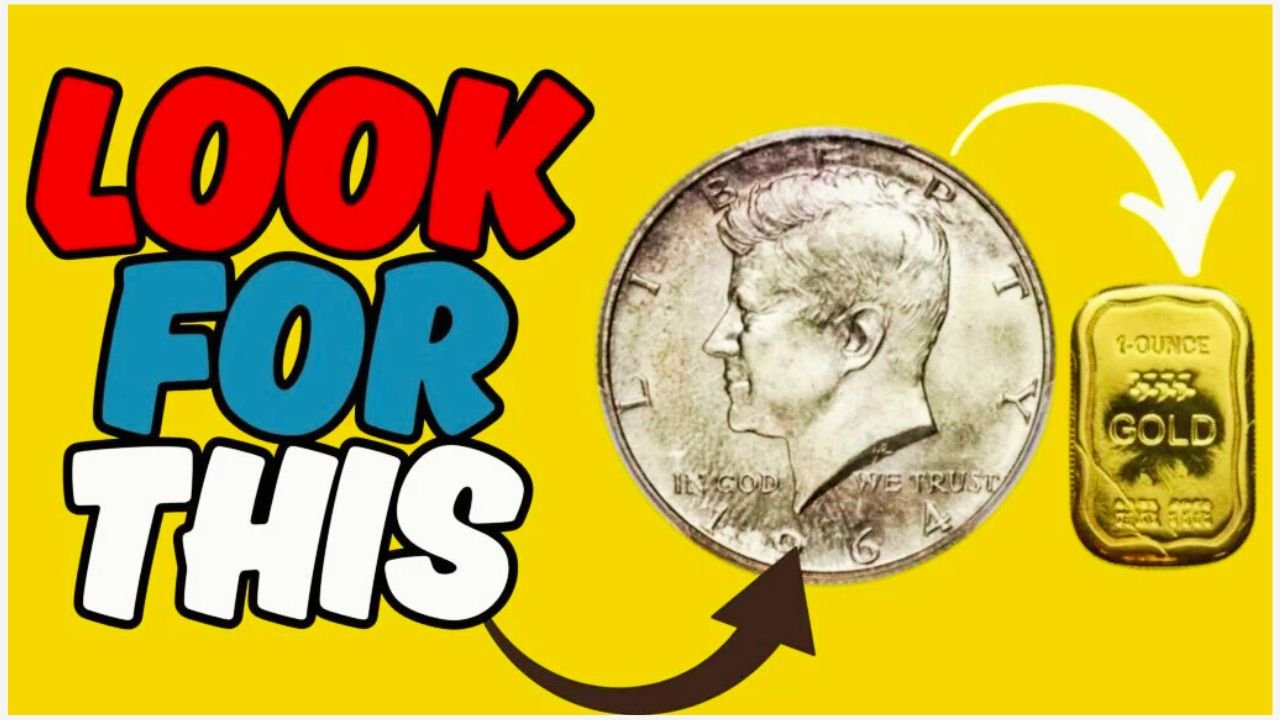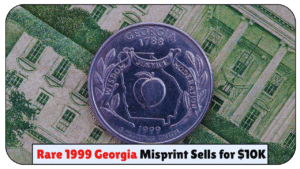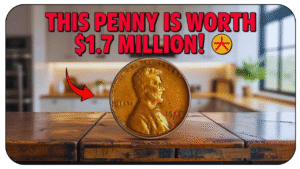Lincoln Wheat Penny: A single penny could make you rich! The Lincoln Wheat Penny, minted from 1909 to 1958 to honor President Abraham Lincoln, has a rare 1914-D version that collectors say could be worth $49,000 or more. With its iconic wheat stalks on the back, this coin is a piece of American history, and some are still out there in pocket change, coin jars, or old collections.
X posts are buzzing with stories of lucky finds at gas stations and flea markets, sparking a nationwide treasure hunt. Launched in Denver in 1914, this rare penny is driving folks to check their coins. Here’s why it’s a big deal and how to spot one before it’s gone.
A Penny with a Story
The Lincoln Wheat Penny hit pockets in 1909, marking Lincoln’s 100th birthday. Designed by Victor David Brenner, it was the first U.S. coin to show a real person, with Lincoln’s face on the front and two wheat stalks on the back. In 1914, the Denver Mint made just 1.2 million of these pennies, making the 1914-D super rare compared to the millions minted elsewhere. Most were used heavily, so finding one in good shape is tough. A 1914-D in great condition sold for $159,000 in 2006, but even worn ones can fetch $49,000 if graded high by PCGS or NGC.
Why It’s Worth Thousands
The 1914-D’s value comes from its low mintage and condition. Only 1.2 million were made, and many got worn out in circulation. Coins in “mint state” (unworn, graded MS60 or higher) are worth the most, with sharp details in Lincoln’s hair and the wheat stalks. Some sources mention a red, uncirculated 1914-D hitting $149,500, but a circulated one in fine condition (F12) can still bring $49,000 at auction. Its 95% copper makeup adds a small melt value (about 3 cents), but rarity drives the price. X users share tales of finding these in old piggy banks, keeping the hype alive.
|
Feature |
Details |
|---|---|
|
Year |
1914-D (95% Copper) |
|
Value (Reported) |
Up to $49,000 (Circulated, F12) |
|
Weight |
3.11 grams |
|
Mint Mark |
“D” (Denver, under date) |
|
Key Feature |
Sharp wheat stalks, Lincoln’s hair |
|
Rarity |
Only 1.2 million minted |
How to Spot the Gem
Finding a $49,000 penny starts with checking your change! Look for a 1914 date with a “D” mint mark under Lincoln’s bust, showing it’s from Denver. The coin should be reddish-brown (copper, not steel) and won’t stick to a magnet. (Lincoln Wheat Penny) Check for clear details in Lincoln’s hair or the wheat stalks on the back—worn coins are less valuable but still worth thousands. Use a magnifying glass to spot wear or scratches. Don’t clean it; that hurts value! Take it to a coin shop or grader like PCGS for appraisal. X users suggest checking bank rolls, estate sales, or grandma’s coin jar for these treasures.
Where It Might Hide
With billions of Wheat Pennies minted, a few 1914-D coins could still be out there. People hoarded pennies in the early 1900s, so check old collections, flea markets, or vending machine change. A 2019 story on X told of a 1914-D found in a Pennsylvania thrift store, valued at $45,000. Coin shops report a spike in appraisals since 2025 news of high-value pennies spread. Heritage Auctions says worn 1914-Ds sell for $20,000–$50,000, depending on grade. Store any suspect penny in a plastic holder to avoid damage, and don’t touch its surface.
Is $49,000 Real?: Lincoln Wheat Penny
The $49,000 price is realistic for a 1914-D in fine condition, though top-grade coins can hit $159,000 or more. Other Wheat Pennies, like the 1943 bronze (worth up to $1.7 million), grab headlines, but the 1914-D is more likely to appear in circulation. Regular 1914-Ds in poor shape are worth $200–$500, still a big win. Experts warn that hyped values like $1 million need verification, so always get a professional appraisal. Visit a coin dealer or use NGC’s free evaluation to confirm. With only a few thousand 1914-Ds left, your odds are slim but not zero.
Start Your Treasure Hunt
Lincoln Wheat Penny: The 2025 buzz around a $49,000 1914-D Lincoln Wheat Penny has folks rifling through change everywhere. This copper coin, with its rare Denver mint mark, is a collector’s dream tied to Lincoln’s legacy. Grab a magnifying glass and check for a 1914-D date, clear wheat stalks, or a reddish hue. Book an appraisal at a local coin shop or online at pcgs.com. The hunt is real, but these pennies get snapped up fast by collectors. Don’t spend that penny on gum—your loose change could be worth a fortune, so check it now!



